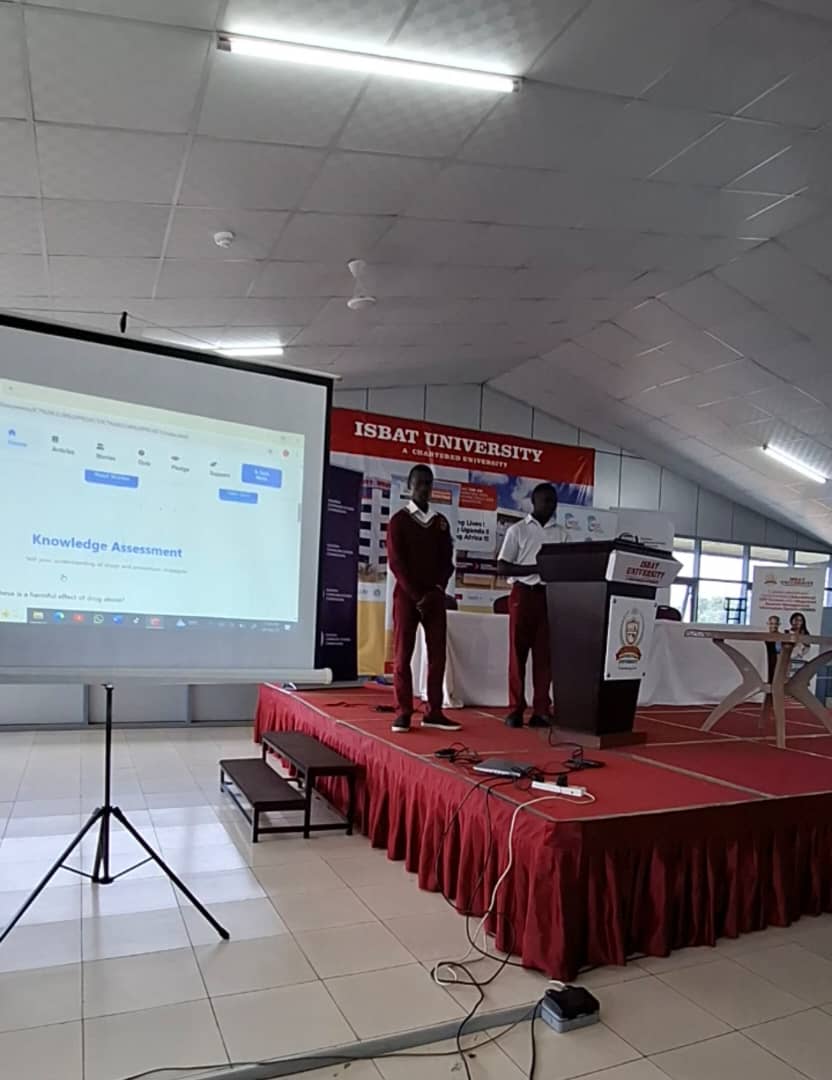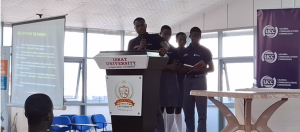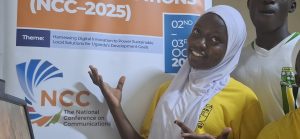Sekanyonyi Secondary School — Drug-Free Future: Using Digital Innovation to Save Lives

In Mityana District, the ICT Club of Sekanyonyi Secondary School is taking a bold stand against one of Uganda’s most pressing youth challenges — drug and substance abuse. Their project, “Drug-Free Future,” uses the power of digital innovation to create awareness, educate young people, and save lives. The initiative represents how technology can be used not only for academic excellence but also for building a healthier, more responsible generation.
Drug abuse remains a growing concern across Uganda. According to the Uganda National Drug Authority, at least 10% of secondary school students have experimented with substances such as cannabis, khat, and alcohol. Studies by the United Nations Office on Drugs and Crime (UNODC) further reveal that one in every five youths aged 15 to 24 in urban centers has been exposed to drug use, while in rural areas, the numbers are rising due to the cheap availability of local intoxicants. The situation is alarming, and the young innovators from Sekanyonyi S.S. have stepped forward with a digital solution designed to spark awareness, conversation, and action.
The project titled “Drug-Free Future” seeks to address the crisis by leveraging ICT to promote prevention, education, and rehabilitation. The students have designed two main digital tools to achieve this a Blogger-based website called Drug-Free Future Hub and an interactive digital campaign encouraging young people to make the “Drug-Free Pledge.” Their website serves as an information hub featuring educational articles, real-life stories from recovering addicts, a self-assessment quiz for students, and links to emergency helplines and local rehabilitation centers. By integrating a Google Map tool, the site allows users to locate nearby health facilities and community counselors easily.
Drug abuse has devastating effects on individuals and families. Among the youth, it leads to poor academic performance, school dropouts, mental health challenges, and in severe cases, premature death. Parents and guardians often face financial strain, emotional breakdowns, and broken trust, while communities suffer from increased crime, unemployment, and the loss of productive young citizens. The ICT Club recognized that these impacts are not isolated but ripple across society — and that the first step toward reversing them is access to accurate information and awareness.
Through their digital campaign, the students are using storytelling and peer-to-peer education to reach their target audience. Their goal is to reach at least 500 students within their district by the end of this year and expand to neighboring schools. The project emphasizes that knowledge combined with quick access to support can save lives, and that digital tools, when used responsibly, can play a major role in transforming behavior among young people.
The “Drug-Free Future Hub” is more than a website; it’s a community of change. Students can read about the dangers of drugs, watch testimonies, take interactive quizzes, and sign up for the Drug-Free Pledge, symbolizing their commitment to a clean, healthy life. By offering relatable stories and immediate help options, the project not only educates but also builds empathy and hope among peers who may be struggling.
The success of this innovation has been made possible through the guidance of national partners. The club extends heartfelt thanks to the Uganda Communications Commission (UCC), ISBAT University, Gulu University, and KAWA Uganda, whose mentorship has empowered schools to transform ICT clubs into engines of real social change. They also appreciate the support from the Ministry of Education and Sports, their school administration, teachers, and patrons who continue to guide and inspire them.
At its heart, this project reminds us that technology, when used with purpose, becomes a lifeline. The ICT Club of Sekanyonyi Secondary School has proven that digital literacy is not only about coding or design — it’s about creating solutions that improve communities. By combining innovation, compassion, and awareness, they have built a digital bridge toward a drug-free, brighter future for Uganda’s youth.
As the students proudly declare in their presentation, “We are committed to using technology for a safer, healthier future.” Their message is clear and powerful — the future belongs to those who choose life, learning, and purpose over addiction.






